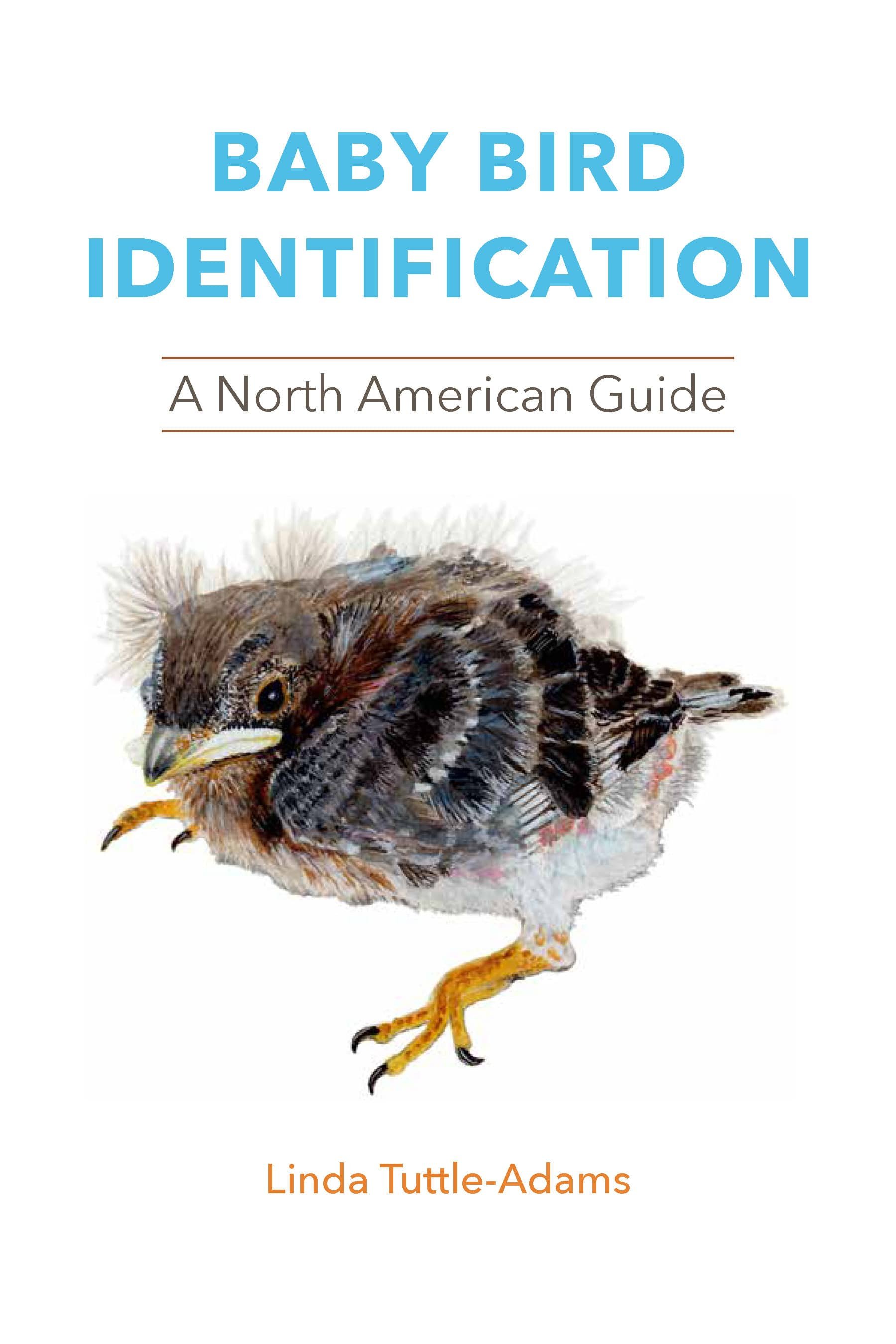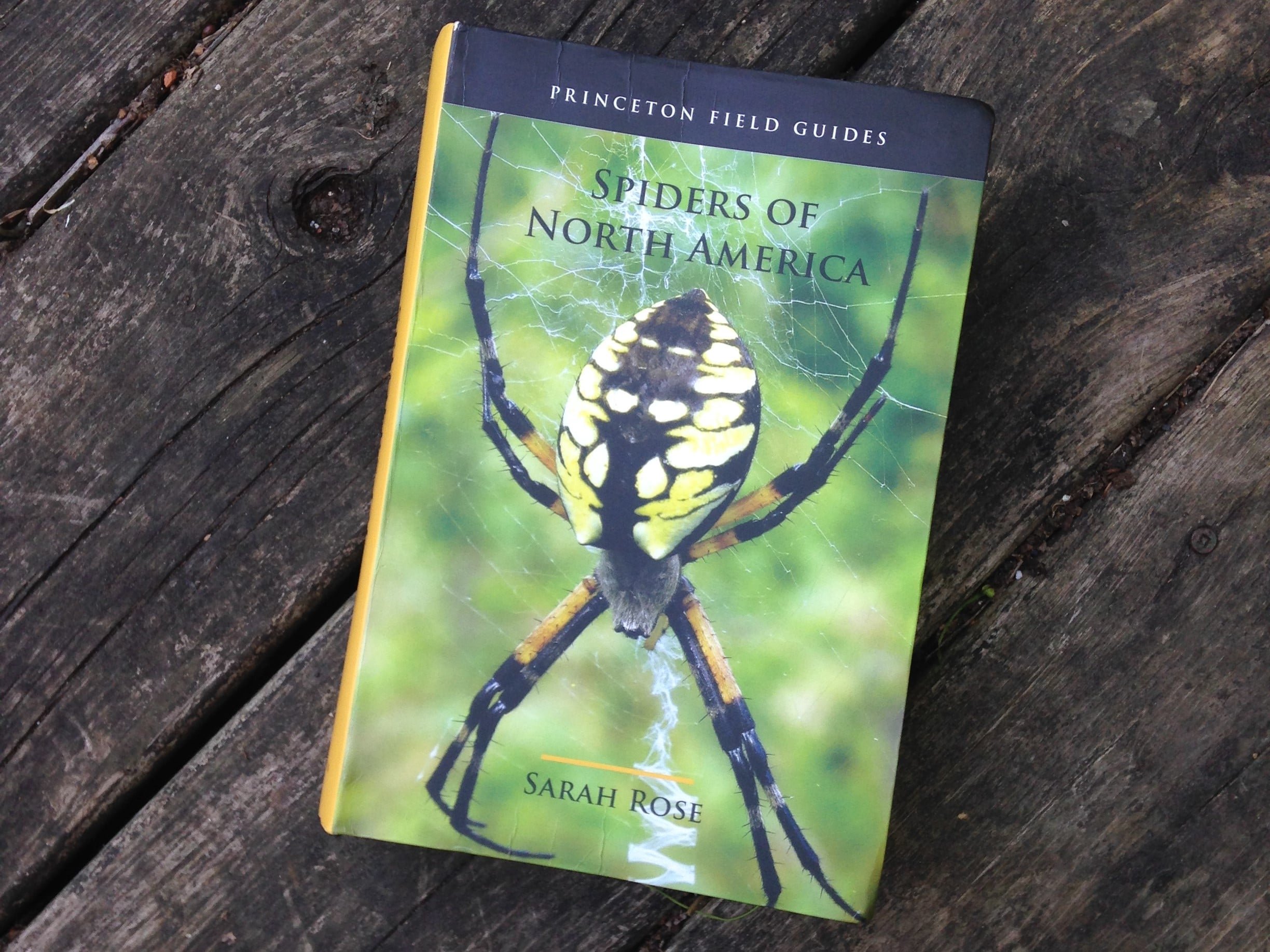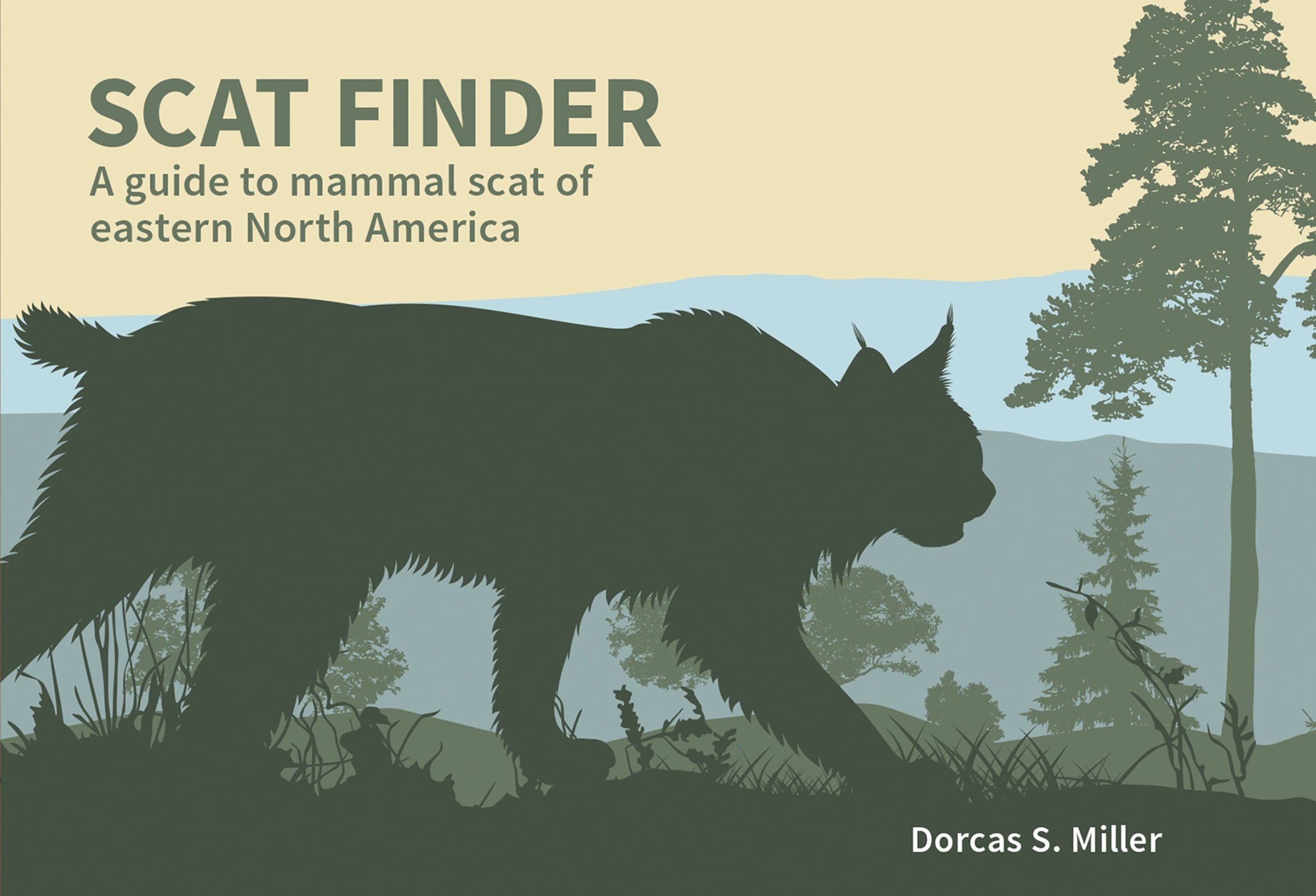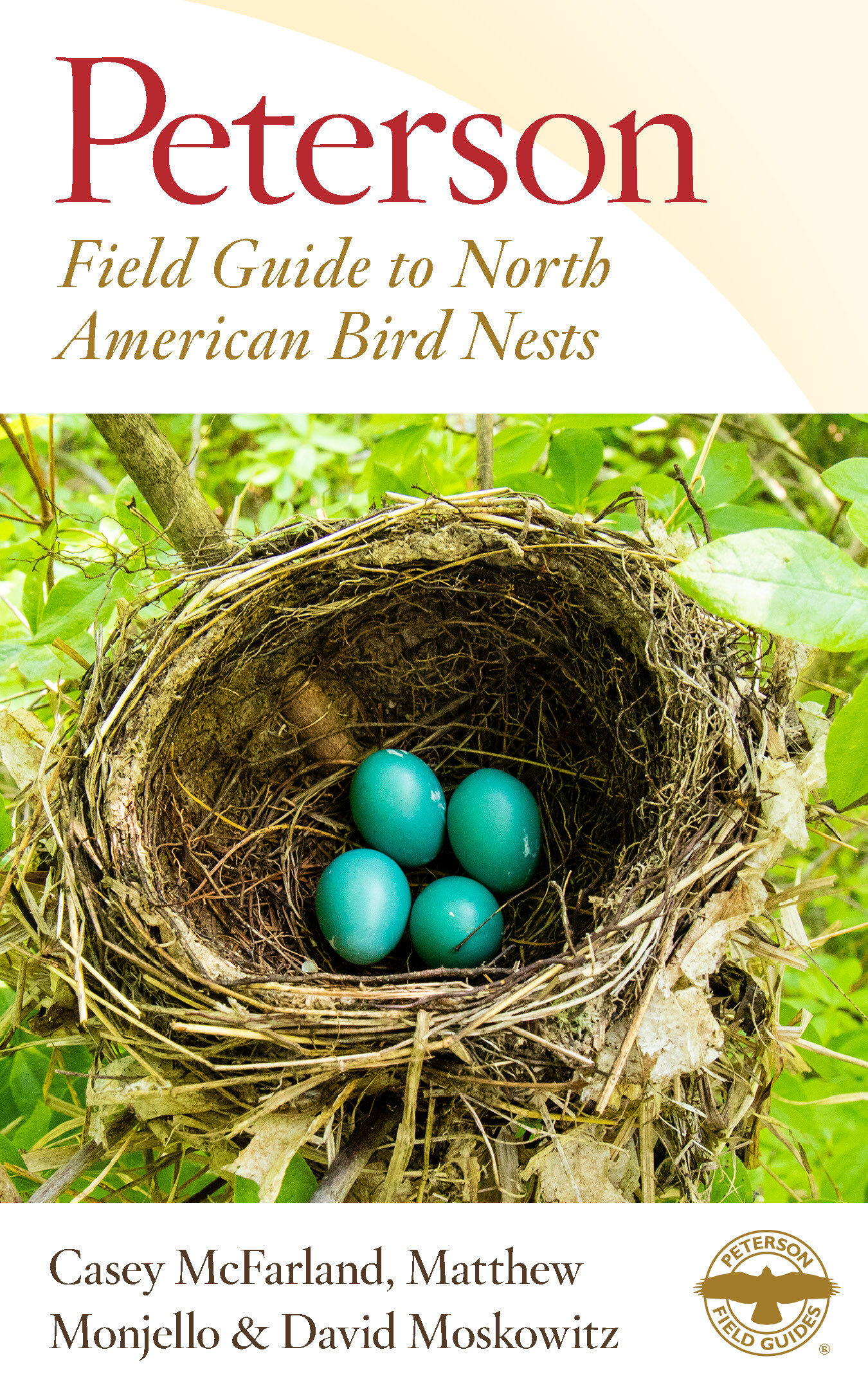
A show about relationships with the land
There are many ways to listen to the show: Listen live on CFRU 93.3 fm broadcasting from the University of Guelph Mondays at 6pm EST or listen to the podcast via Spotify, Apple, or just follow the rss feed.

Ep. 237 : Turtles of North America With Kyle Horner (and salamander migration mini report back)
Did you know that birds are more closely related to turtles, than turtles are to snakes? I just learned that. Do you know what cloacal breathing is? I bet you do… but how does it work? That’s some of the interesting stuff I got to ask naturalist, author and educator Kyle Horner recently when we spoke about his new book Turtles of North America.
And this week’s show isn’t just about turtles! It is a bit of reptilian and amphibian mashup, because for the second part I give a short report back from a recent field trip down to Sudden Tract to check on Spring salamander migration. Tis the season!

Ep. 226 : Lichens with Troy McMullin
Lichens been a draw for me for the last few years. When it comes to a diversity of lifeforms coming together in a fungal structure to draw down nutrients from the atmosphere, to beautify a landscape, to feed some of the largest land mammals down to sheltering some of the smallest arthropods, I’m hooked.
For many of us, the problem has been where to start, how to get into the lichens, how to identify them and how and where do we learn what roles and functions these forms of life have on the land?
In comes Dr. Troy McMullin, lichenologist, author of dozens of papers on lichens, describer of 10 species new to science, and author of the new book Lichens : The Macrolichens of Ontario and the Great Lakes Region of the United States out on Firefly Books.

Ep. 219 : Discussing Mulberries with Matt Soltys
Mulberries are a well known and popular wild urban edible that a lot of foragers come to know early in the development of the craft. They are easily identifiable, taste great, and prolific in urban and peri-urban environments which means lots of people can get to know them. Not only are there an abundant of Mulberry trees out there, each fruit producing tree makes buckets of fruit that litter the sidewalks for a month if the birds, squirrels, Raccoons and humans don’t get at them first. And while Mulberries don’t seem like a political focal point in the world of conservation, I am learning that they can be as well.

Ep. 214 : North American Flycatchers with Cin-Ty Lee and Andrew Birch
Cardinals, Blue Jays, Robins, Mourning Doves, Mallards, Black-capped Chickadees. Quite common and familiar birds most folks seem to know. One of the reasons is that they have very distinct patterning and physical traits that render them easily identifiable. Even some of the Sparrows can be differentiated by a slightly advanced beginner. Flycatchers? They can be tough. When I see a Yellow-bellied Flycatcher (Empidonax flaviventris) in the woods, despite being one of the more recognizable, determinable Empidonax species, I am still left uncertain, full of doubt and just generally end up calling it a Flycatcher.
I spoke with Cin-Ty and Andrew about their new book and how this new method of identification can help us not only better identify some of the Flycatchers, but also to look at how we regard all birds in ways that encounter them more fully, experiencing them in broader context through investigating narrower characteristics.

Ep. 202 : Baby Bird Identification with Linda Tuttle-Adams
It can be really hard to identify a baby bird, and that can be problematic in trying to identify the exact care needs the bird requires to flourish. Some birds may only feed their nestlings seeds, where as others require insects. Identification is key to the survival of many of the species of birds found across North America/Turtle Island every year. There are few resources and fewer accessible texts outside of academia to turn to, but with Linda Tuttle-Adam’s new book “Baby Bird Identification - A North American Guide” things just got easier.

Ep. 193 : Spiders of North America with Sarah Rose
I am overwhelmed sometimes by the sheer diversity and quantity of Spider species I encounter. So many! I take a ton of photos and bring them up on my computer hoping to try and identify a couple, and maybe write about who I am seeing out there, but the precious few who I have been successful in identifying are just that, the precious few.
It has been hard to find a good field guide to Spiders. When I recently I got a copy of Spiders of North America by Sarah Rose I was stoked.

Ep. 191 : Scat Finder with Dorcas Miller
Finding and identifying scat is definitely part of a trackers repertoire as scat is a gateway into the natural history of the animal who left it. It highlights which species the animal is in relationship with, can help identify where the animal has been, and more generally can teach us more about our land base, which really is the point of this show.
Dorcas and I share stories while I ask questions about her awesome new book. It was an honour to get to talk with Dorcas.

Ep. 168 : Peterson Field Guide to North American Bird Nests with Casey McFarland
Casey McFarland, Matthew Monjello & David Moskowitz have come together to revamp the Peterson Field Guide to Bird Nests. In one (kinda thick) package they managed to fit descriptions of over 650 bird species along with beautiful high quality photos of many examples of the varied avian architectures discussed.
Casey McFarland joined me for a great conversation on what it took to make the book happen. We discuss the legacy Hal H. Harrisons work and how his book inspired a lot of what Casey, Matt, and David wrote, but also they were determined to find new practices that weren’t as invasive in their search for beautiful shots of nests and eggs.
Shout outs to Matt Monjello and David Moskowitz who could not be apart of the interview.

Ep. 142 : Raptor Prey Remains with Ed Drewitt
For Episode 142 I get to talk to Ed Drewitt, naturalist, Peregrine Falcon researcher, and author of Raptor Prey Remains : A guide to identifying what’s been eaten by a bird of prey. We talk about raptor ecology on the broad sense and also get focus on Peregrines.
It was a nice and relaxed interview, with Ed sharing so much of what he has learned through his years of observation and study, and how his book can help those who are getting started in the world of tracking birds of prey by learning to correctly identify that which they prey upon.

Other platforms where you can listen to the show :
As well as : Pocket casts : RadioPublic : ListenNotes : Podcast Republic


